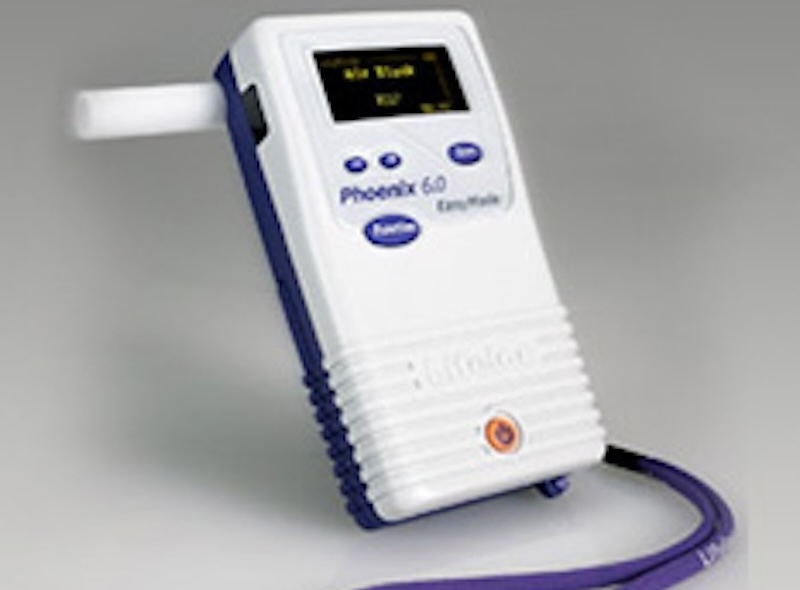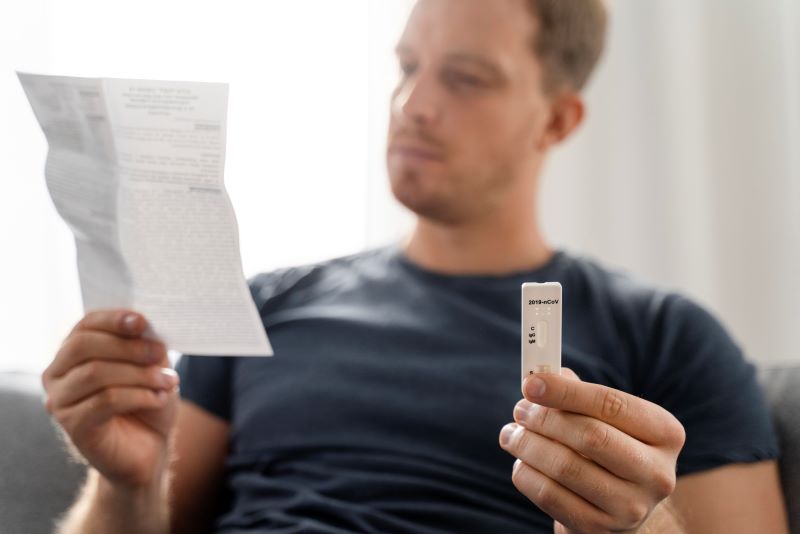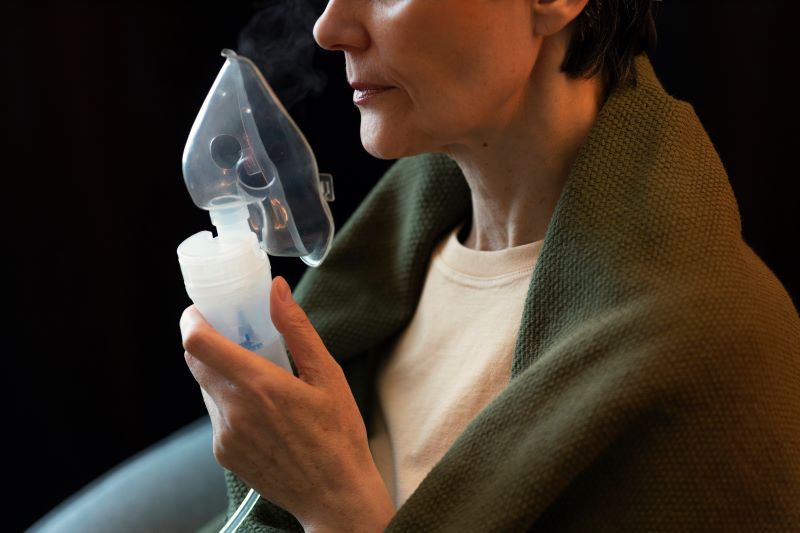With over 100 devices listed on the National Highway Traffic Safety Administration’s (NHTSA) list of approved devices, choosing the right breath alcohol testing equipment can be daunting. To simplify things for you, we’ve compiled a list of things to consider when choosing a device to help you narrow your choices and select an instrument that meets your needs and budget.
Is it Approved by the NHTSA?
The very first thing to consider is that if you are doing any DOT testing of any kind, the device you choose needs to be on the NHTSA conforming products list. To make it even more complicated, there are two lists: the Conforming Products List of Alcohol Screening Devices and the Conforming Products List of Evidential Breath Measurement Devices.
The Evidential Breath Alcohol Measurement Devices (EBTs) on the first list are approved for alcohol screening tests only. The second list is composed mainly of devices approved for confirmation and screening tests. Pay special attention to any of the handful of devices on the Conforming Products List of Evidential Breath Measurement Devices marked with an asterisk. These devices can only be used for screening.
It is also important to note that a few devices on the list of conforming products for breath measurement devices cannot be used for full DOT testing. They don’t meet all of the DOT qualifications in one way or another. For example, they may not print test results from the device, which is a DOT requirement. Always check with the manufacturer or a reputable distributor to ensure that the device you choose meets all the DOT screening and confirmation tests standards.
What Is the Difference Between Screening and Evidential Tests?
When testing for breath alcohol content (BrAC), the Department of Transportation always requires an initial “screening” test to provide probable cause for a second “confirmation” or “evidential” test. If the first screening test produces a negative result, defined as less than 0.02%, no follow-up test is required.
If the preliminary screening test produces a positive result–a breath alcohol level greater than 0.02%–then a second confirmation test is required. The screening tests cannot be used for legal or disciplinary purposes, but the confirmation test can. For this reason, the confirmation test is also called an evidential test. The NHTSA has a more stringent set of standards for those measuring devices because the evidential test can be used as evidence for disciplinary or legal action.
If you are offering DOT breath alcohol testing, your clients will expect you to be able to conduct both the screening and confirmation tests. While you certainly can have a separate device for each test, from a cost-savings standpoint, it would make more sense to choose a device that you can use for both screening and evidential tests.
Is the Cost Worth the Benefit?
If you are already in the business of offering breath alcohol testing to companies, or you want to enter the industry, your primary concern when choosing a screening device may be how much it will cost your company. Prices for testing devices range from a hundred dollars to over a thousand dollars. It may be tempting to pick the cheapest one on the approved list, but not all testing devices are created equal, and you’ll need to weigh the tradeoffs between costs and features.
What Features Do You Need?
The first thing you want to do is consider the features and capabilities you need in a testing device. Those needs might differ from company to company. Is portability important to you, or would you prefer a desktop device? Do you need the ability to print from the device or print past test results? Many of the upper-end models have many features, many of which you may never use. Take the time to honestly evaluate what you need and what you don’t need to narrow down your choices.
We think a few features are essential to professional-grade breath alcohol testing units.
Type of Sensor
There are two primary types of sensors used in breath alcohol testing devices: fuel cell sensors and semiconductor sensors. Fuel cell sensors offer several advantages over semiconductor sensors. However, they are much more costly to make, so devices with fuel cell sensors cost more. Semiconductor sensors are not specific to alcohol and can pick up other substances in the breath. For this reason, none of the devices on the NHTSA list of evidentiary devices uses a semiconductor sensor. Fuel cell sensors are significantly more accurate and are approved for DOT testing.
Automatic Breath Sampling
The more advanced breath alcohol sampling devices use something called automatic breath sampling. It works similarly to a political survey that doesn’t require you to interview the entire population, but instead gathers data from a small sample that is representative of the whole. An automatic breath sampling device will only measure a tiny fraction, usually about a cubic centimeter, of the subject’s entire breath volume.
The machine can sense the flow of the subject’s breath through the instrument. The most representative portion of a person’s breath is the air that comes out at the very end–called the deep lung breath. Using analysis of the subject’s breath flow, the machine takes a sliver of air when it senses it is an accurate sample. Automatic breath sampling ensures that the device takes a sample at the most optimal moment, providing extremely accurate test results.
Operator Calibration
In order to defend contested results, the operator of a breath alcohol testing device needs to be able to check the accuracy and calibrate the device. Make sure the device you choose notifies you when it is not producing accurate results and that you have the ability to calibrate it.
How Much Will Consumables Cost?
When you are considering the cost of a device, keep in mind that you will also have to purchase consumables to go along with it, including testing forms, gas tanks, and mouthpieces. You might purchase a low-cost device, only to discover that the single-use mouthpieces are particularly costly.
Will There Be Training Costs?
If you are planning to offer DOT breath alcohol testing services, the DOT requires that you complete your breath alcohol technician (BAT) training on the specific device and model that you will be using. Be sure that you can find DOT compliant training for the device of your choice within a reasonable distance and at a fair price.
While wading through the lengthy list of conforming products can seem overwhelming, it doesn’t have to be. If you are clear about your needs, priorities, and budget, you will be able to quickly narrow down the pool of options and find the device that meets the needs of your company.






